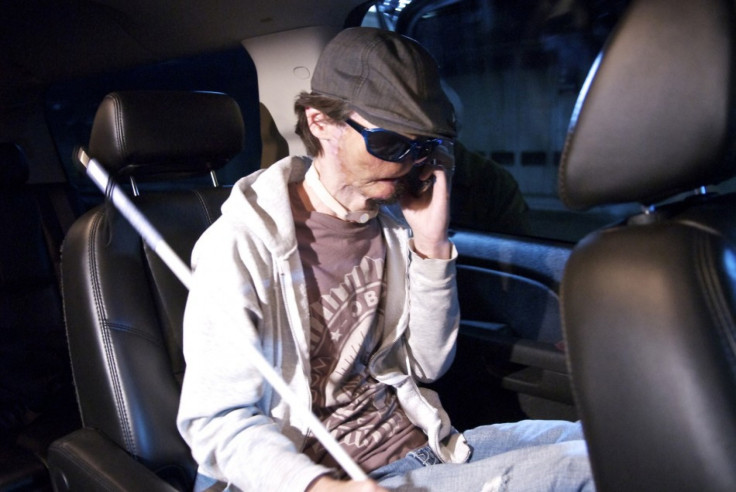Texas Man Gets Full Face Transplant [VIDEO]

A Texas man recieved the third full face transplant performed in the U.S. yesterday at Brigham and Women's Hospital in Boston.
The patient was Dallas Wiens, whose face was burned in a power line accident in 2008. He was left blinded and with little sensation where his face used to be. Wiens lost his lips, eyes, nose and much of the muscle and nerve tissue because the burns he suffered penetrated to the bones. Much of the skin in that area visible before the surgery was grafted from other parts of his body.
In the U.S. there have been partial face transplants, the last in 2009 for Connie Culp, who suffered a gunshot wound to the face and was the first in the country to undergo the procedure. A full face transplant was done in Spain last year on a man who accidentally shot himself in the face and was unable to breathe or eat on his own.
There have been about a dozen facial transplant procedures in the world since the first, in 2005. That one was performed on a French woman who was attacked by a dog. Most have been partial, involving some portion of the face rather than the whole.
Dr. Bohdan Pomahac, director of the Burn Center at Brigham and Women's Hospital and leader of the surgical team, said in a press conference that Wiens will not look the way he did before, nor will he look like the person who donated his face. The reason is Wiens' bone structure is different and the tissues will change shape as they heal. The family of the donor has decided to remain anonymous.
The goal, he said, was to restore not only a normal appearance, but the muscle function as well so that Wiens' facial expressions will appear normal. Pomahac said while they were able to restore Wiens' face, his eyes were damaged and they were unable to restore his vision.
There are multiple other functions - breathing, speaking, eating... The face is a complex organ from that standpoint, Pomahac said. Sensation, he added, should return to about 90 percent of normal, though there will still be areas of his face where it never fully returns.
One challenge was determining if the procedure could be done at all. The injury was so extensive wasn't clear there are residual nerves, Pomahac said. We also considered the fact that he is blind, but there are a number of ethical and scientific reasons not to exclude those patients.
Pomahac related the story of a patient who underwent several difficult and sometimes painful reconstructive surgeries. I asked him why subject yourself to this? He said 'I want a cab to stop when I am at the curb.'
The U.S. Department of Defense contributed $3.4 million to the procedure and the research.
Del Peterson, Wiens' grandfather, who also attended the news conference, said that his grandson was doing well and talking to relatives and friends on the phone. He added that Wiens plans to become an advocate for face transplantation when he gets out of the hospital.
Another patient named Charla Dash is on the waiting list for a face transplant. The Connecticut woman was mauled and blinded by a friend's 200-pound chimpanzee. The animal ripped off Nash's hands, nose, lips and eyelids.
Surgery DW from BWH Public Affairs on Vimeo.
© Copyright IBTimes 2025. All rights reserved.





















